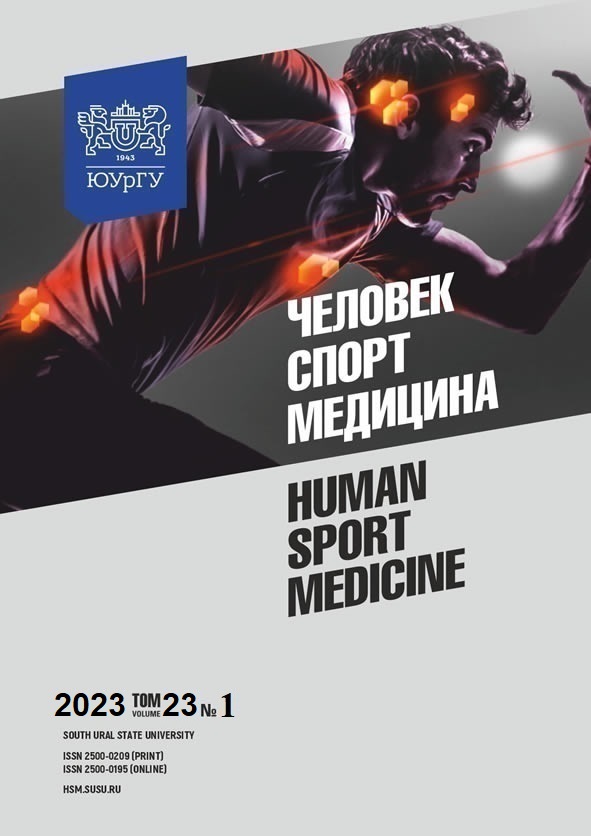ANALYSIS OF THE PROSPECTS FOR VOLUNTARY HEART RATE CONTROL IN SPORTS WITH THE HEART PURSUIT TEST
Abstract
Aim. The paper aims to explore the prospects for voluntary heart rate control with feedback technologies. Materials and methods. The study involved 10 male and 10 female university students. The Heart Pursuit test developed by the authors was used in the study. This test involves stepping up and down on a step platform while your heart beats. Changing step frequency leads to a change in the load on the cardiovascular system. As a result, the heart rate also changes. The athlete's task is to synchronize heartbeats and step frequency. The PWC170 test was used to evaluate the contribution of physical work capacity. Results. Only 4 male students completed the Heart Pursuit test. They managed to synchronize their heart rate and step frequency at a pulse ranging from 126 to 136 bpm. For the rest of the participants, the heart rate increased faster than the step frequency. At a pulse over 180 bpm, the test was considered a failure and completed. The correlation coefficient between PWC170 and Heart Pursuit results was r = 0.13. Conclusion. Some athletes are able to synchronize their step frequency and heart rate when using phonocardiography-based feedback. The HeartPersuit test is considered to be informative and independent of physical work capacity.
References
References on translit
Copyright (c) 2023 Human. Sport. Medicine

This work is licensed under a Creative Commons Attribution-NonCommercial-NoDerivatives 4.0 International License.















